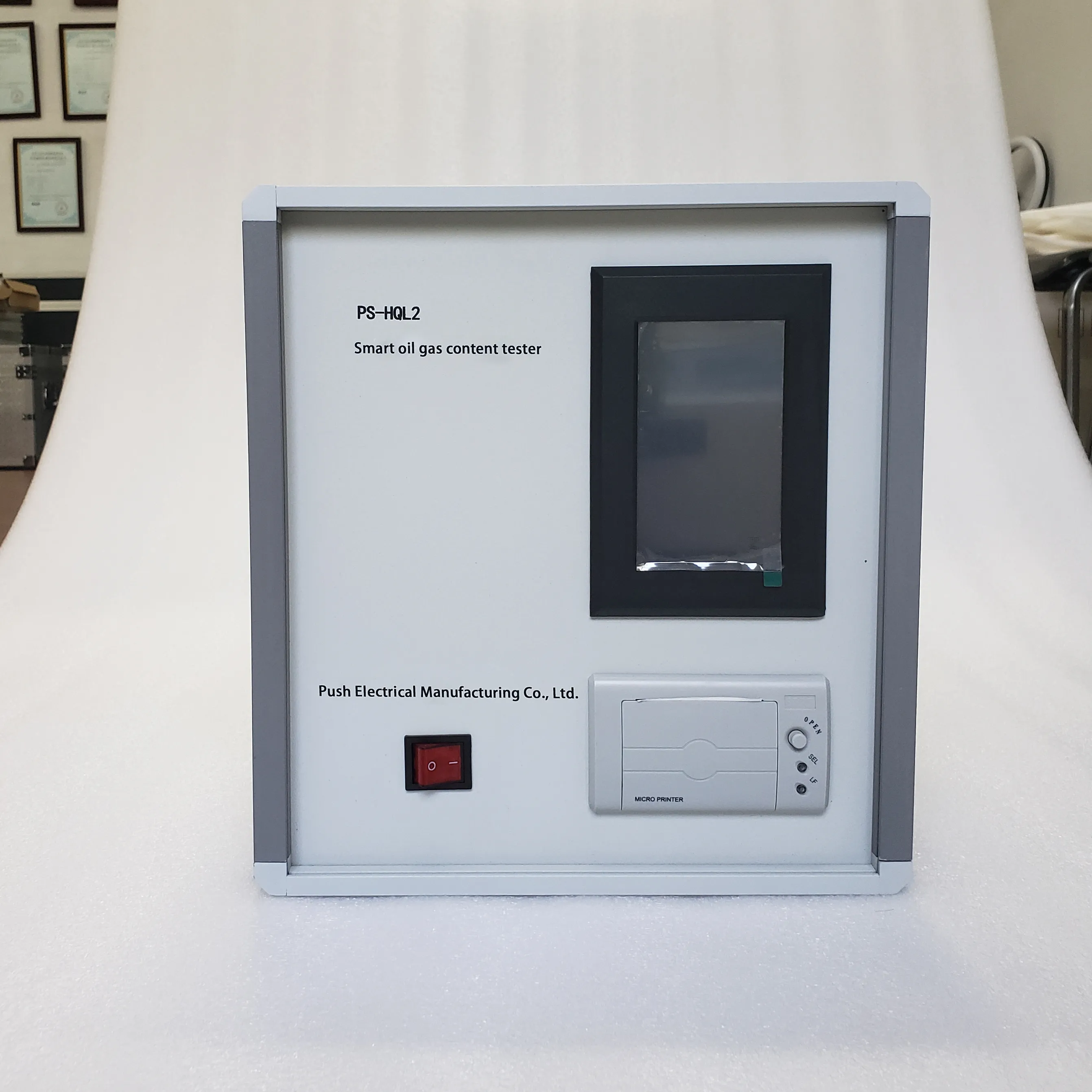 English
English


hipot voltage
Understanding Hipot Voltage Testing Importance and Applications
Hipot testing, short for High Potential testing, is a critical procedure in the electrical field that ensures the safety and reliability of electrical devices and insulation. This testing involves applying a high voltage to a component to check its integrity, ensuring that it can withstand voltage levels that are significantly higher than those it will typically encounter in operation. The concept of hipot voltage is pivotal for manufacturers, engineers, and safety inspectors alike, as it helps to identify potential electrical defects that could lead to failures or hazards.
The primary goal of hipot testing is to detect insulation weaknesses that could cause current leakage or electrical breakdown. During the test, a high voltage is applied to the device under test (DUT). The hipot tester measures the amount of current that flows through the insulation; if the current exceeds a predetermined limit, it indicates that the insulation may be compromised, and the device is deemed unsafe. The hipot test is particularly crucial for products that will be used in high-voltage environments, such as transformers, electric motors, power supplies, and consumer electronics.
There are two main types of hipot tests dielectric withstand testing and insulation resistance testing. Dielectric withstand testing applies a high AC (alternating current) or DC (direct current) voltage to check the insulation’s ability to resist breakdown. The voltage level is typically set much higher than the normal operating voltage. On the other hand, insulation resistance testing involves applying a much lower DC voltage to measure the resistance of the insulation material itself, ensuring it exceeds certain thresholds to guarantee safety and performance.
hipot voltage

Safety is paramount in manufacturing and utilizing electrical devices. Therefore, adherence to established standards, such as those from the International Electrotechnical Commission (IEC) and the Institute of Electrical and Electronics Engineers (IEEE), is essential. These standards outline the acceptable limits for hipot testing and ensure consistent quality across industries. Manufacturers who integrate rigorous hipot testing into their quality assurance processes can significantly reduce the risk of product recalls and the consequent damage to their reputation.
Furthermore, the importance of hipot testing extends beyond compliance; it is also a preventive measure. By identifying potential issues before the devices reach consumers, companies can mitigate the risk of electrical shocks, fires, and other dangerous incidents. This proactive approach not only safeguards users but also enhances the longevity and reliability of products.
In conclusion, hipot voltage testing is an indispensable aspect of electrical safety and quality control. By applying a high voltage to assess insulation integrity, manufacturers and engineers can proactively identify potential electrical failures, ensuring that their products meet safety standards and perform reliably. As technology continues to advance and the demand for safe electrical devices increases, the role of hipot testing will remain crucial in safeguarding both individuals and industries from electrical hazards. Understanding and implementing proper hipot testing protocols not only fosters consumer confidence but also reinforces a commitment to safety and quality in the electrical field.
-
Differences between open cup flash point tester and closed cup flash point testerNewsOct.31,2024
-
The Reliable Load Tap ChangerNewsOct.23,2024
-
The Essential Guide to Hipot TestersNewsOct.23,2024
-
The Digital Insulation TesterNewsOct.23,2024
-
The Best Earth Loop Impedance Tester for SaleNewsOct.23,2024
-
Tan Delta Tester--The Essential Tool for Electrical Insulation TestingNewsOct.23,2024





